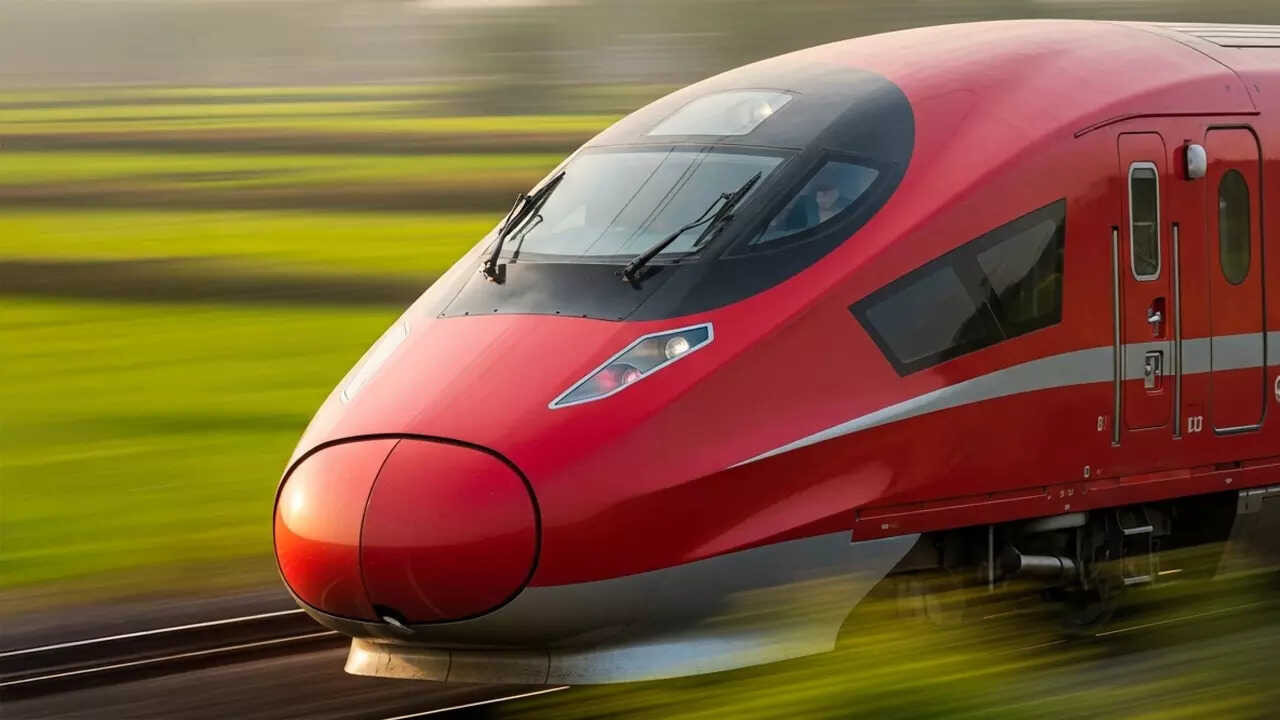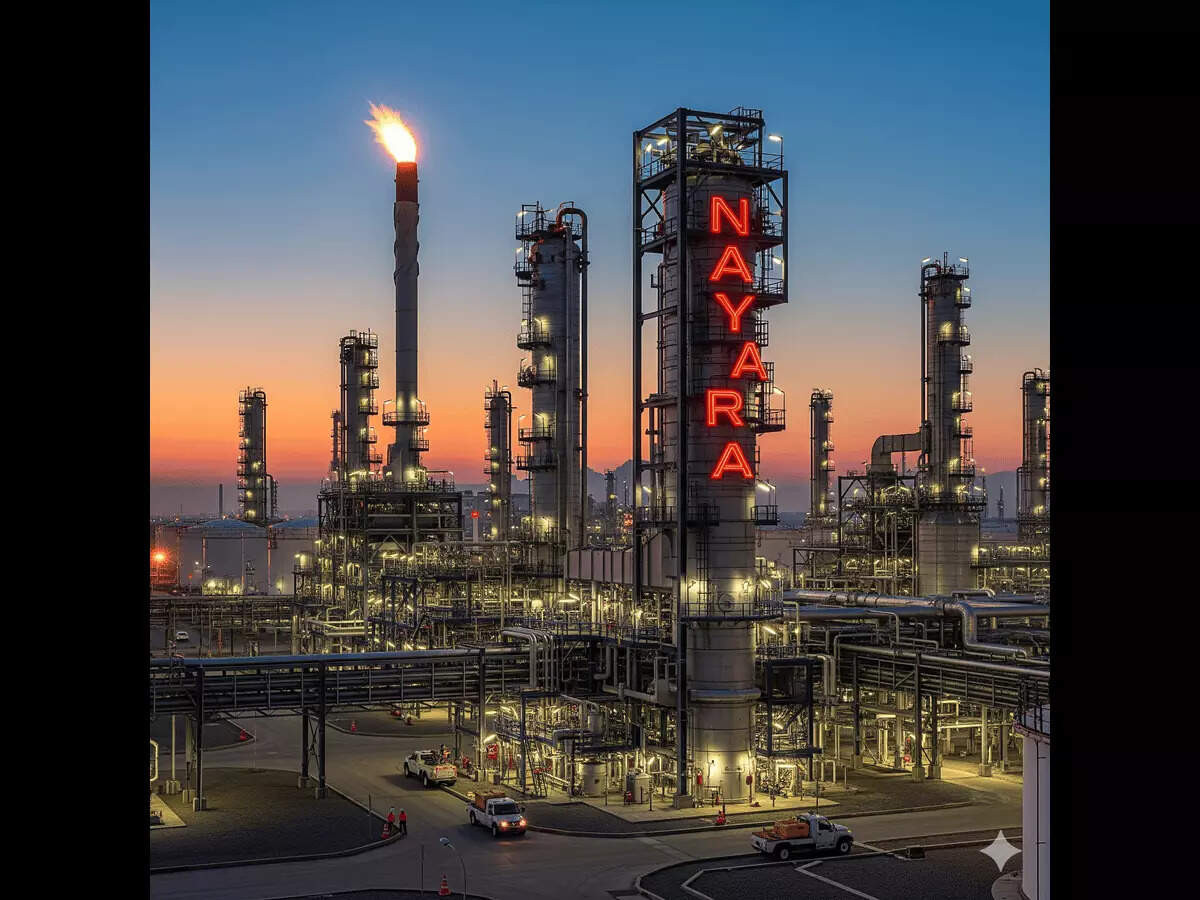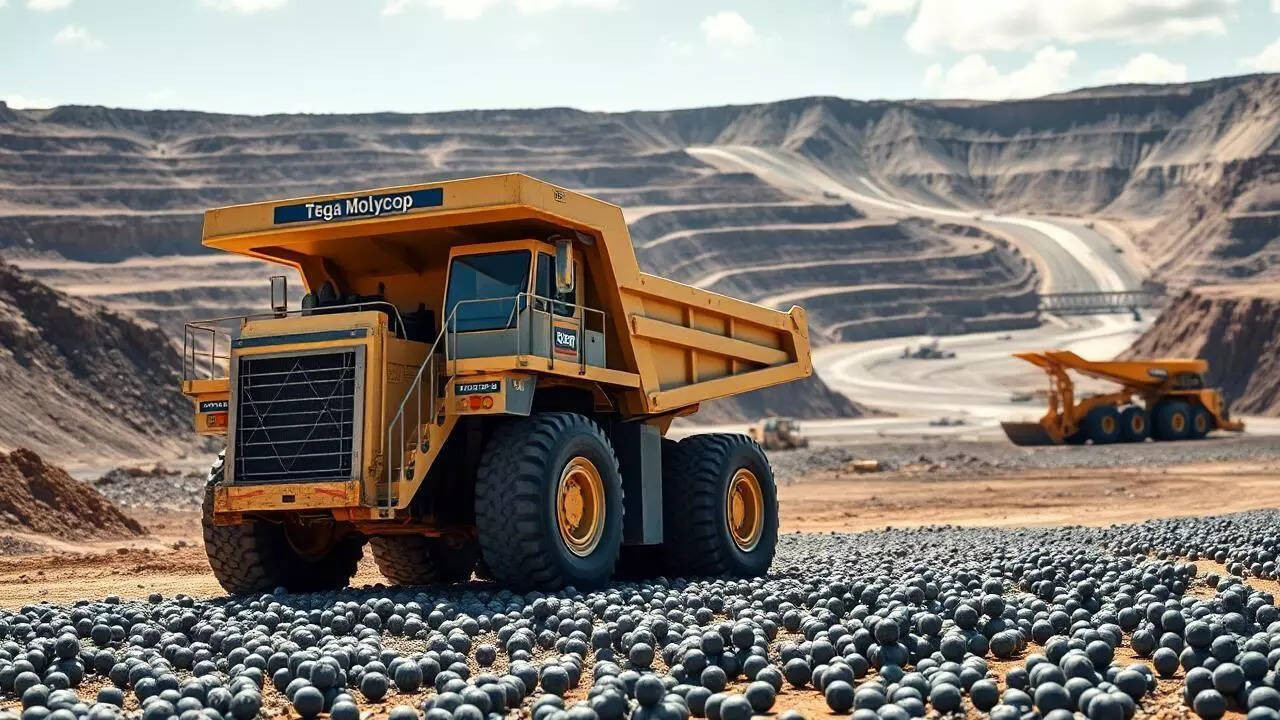India’s first bullet train project will deploy Japan’s advanced E10 Shinkansen trains, slated to debut in 2030, on the Mumbai-Ahmedabad route. While construction progresses with Japanese Shinkansen technology, Indian Railways is also exploring European and domestic partnerships for signalling systems and indigenous train manufacturing, aiming for commercial services by 2027.
Zooming Ahead: India’s Bullet Train Dream Takes Shape
Imagine gliding across the Indian landscape at speeds exceeding 300 kmph, shrinking the distance between bustling metropolises and unlocking new possibilities for travel and trade. That vision is steadily becoming a reality, as India’s ambitious bullet train project progresses towards completion. Forget the agonizing traffic jams and the drawn-out train journeys of the past; a new era of high-speed rail is dawning.
The Mumbai-Ahmedabad High-Speed Rail Corridor, often referred to as India’s first bullet train project, is not just about faster travel; it’s a symbol of progress and a testament to the nation’s commitment to modernizing its infrastructure. But what makes this project so significant, and what can we expect when it finally roars into action?
Japan’s Cutting-Edge Technology Powers the Transformation
Central to this high-speed revolution is the integration of Japanese Shinkansen technology. Japan, a pioneer in bullet train technology, is lending its expertise and its newest E5 Series Shinkansen trains to the project. These aren’t your average locomotives. The E5 Series represents the pinnacle of high-speed rail engineering, renowned for their safety, reliability, and exceptional passenger comfort. Think smooth, silent rides and minimal disruptions, even at blistering speeds.

The collaboration with Japan goes beyond just providing the trains. It encompasses technology transfer, training programs for Indian engineers and technicians, and a commitment to ensuring the long-term success of the project. This partnership aims to build a sustainable high-speed rail ecosystem in India, paving the way for future expansion and innovation. We previously discussed how India is investing in railway infrastructure, and this is a significant step in that process.
Milestones Achieved and Challenges Overcome
Building a bullet train line is no small feat. The project involves complex engineering challenges, extensive land acquisition, and the coordination of numerous stakeholders. Despite these hurdles, significant progress has been made. Viaduct construction is well underway, and track laying has commenced in certain sections. The project team has overcome numerous obstacles to bring this ambitious project closer to reality.
One of the biggest hurdles, land acquisition, has seen substantial progress. While challenges remain, the government has worked diligently to compensate landowners fairly and address their concerns. The project involves building bridges over rivers, tunnels through mountains, and elevated corridors through urban areas. This requires meticulous planning, innovative construction techniques, and a dedicated workforce.
What to Expect When the Bullet Train Arrives
The Mumbai-Ahmedabad high-speed rail corridor is expected to significantly reduce travel time between the two cities. Currently, a train journey between Mumbai and Ahmedabad can take upwards of seven hours. The bullet train promises to slash that time to a mere two to three hours, making it a viable alternative to air travel for many.
Beyond the reduced travel time, the bullet train is expected to have a positive impact on the economy. It will facilitate business travel, boost tourism, and create new opportunities for employment. The project is also expected to spur development along the corridor, transforming the regions it connects.
The high-speed rail line will feature state-of-the-art stations with modern amenities, ensuring a comfortable and convenient travel experience for passengers. The trains will be equipped with comfortable seating, Wi-Fi connectivity, and onboard catering, making the journey as enjoyable as possible. The ultimate goal is to provide a world-class transportation experience that is both efficient and comfortable.
A Glimpse into the Future of Indian Transportation
India’s bullet train project is more than just a transportation upgrade; it’s a symbol of ambition, innovation, and progress. As the project progresses, it brings India closer to realizing its vision of a modern, interconnected nation. While challenges remain, the momentum is building, and the dream of high-speed rail is becoming a tangible reality. The introduction of bullet trains will have a ripple effect, influencing everything from urban planning to regional development.
In conclusion, India’s bullet train project promises to revolutionize travel and trade. With advanced Japanese technology, ambitious construction efforts, and a clear vision for the future, this high-speed rail line is poised to transform the Indian landscape and usher in a new era of connectivity. Get ready to experience the future of transportation, speeding across the country in style and comfort.







